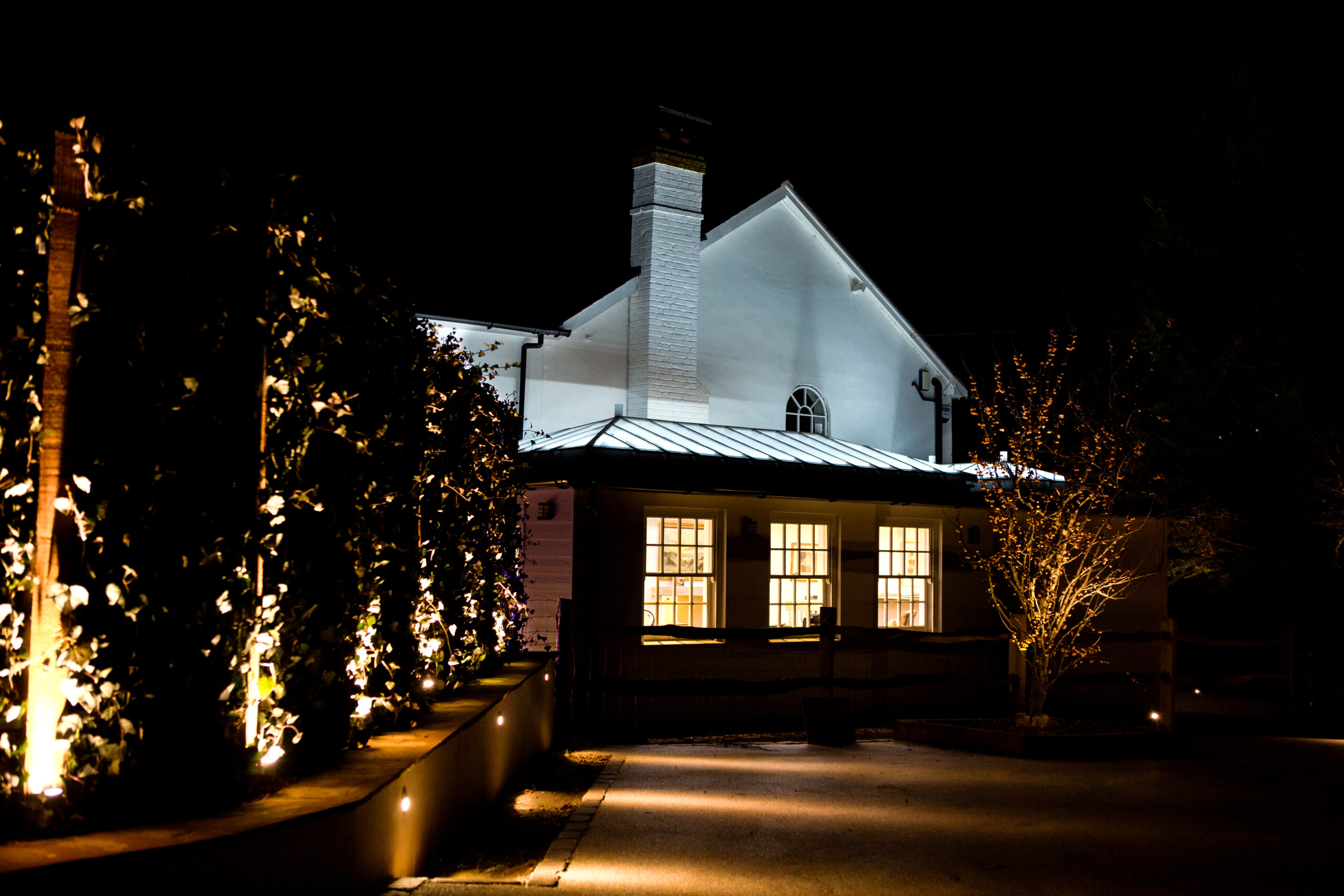When it comes to designing your living space, lighting plays a crucial role in transforming the ambience and enhancing the environment. A well-planned lighting scheme not only illuminates the room but also highlights its best features and sets the mood for various activities. Whether you’re redesigning a cosy reading nook or giving your living room a fresh look, consider these essential factors to create an outstanding lighting plan.
Pre-Planning Your Lighting Scheme
Before diving into the installation process, it’s vital to assess your room’s layout and lighting needs. Start by sketching a rough map of the space. Don’t worry about artistic skills; this rough draft should simply outline important elements like windows, doors, and large furniture pieces.
Identify Key Elements: Mark the locations of electrical sockets and light switches on your map. If you find that existing outlets are poorly positioned, consider purchasing extension cables to ensure your lighting fixtures are conveniently placed.
Assess Natural Light: Take note of how natural light enters your room. Analyse light conditions throughout different times of the day. Are there any reflections from surfaces that enhance or diminish the light? Understanding how natural light interacts with your space allows you to pinpoint areas where additional lighting may be required.
Installation: Designing Around Your Room’s Features
Once you have a solid grasp of your room’s layout and light sources, it’s time to consider the finer details of your lighting scheme.
- Choose the Right Colour Scheme: The colours in your room have a significant influence on how light behaves and how the space feels. Bright, white lighting in a predominantly white room can create an illusion of expanded space, while warmer tones can make a room feel cosy and inviting. Think about the atmosphere you want to cultivate—do you prefer vibrant and energetic colours, or do you want a calm and soothing environment?
- Strategic Placement of Fixtures: Placement is key when it comes to effective lighting. The goal is to enhance natural light while making sure artificial light complements rather than competes with it. Consider how you want the various light sources to interact. Do you prefer soft, diffused lighting that blends harmoniously with natural light, or would you prefer to create a contrast that adds vibrancy to the space?
- Functionality Based on Activities: Think about what activities will take place in the room. A living room might benefit from brighter, more energetic lighting to encourage social interaction, while a bedroom could call for softer, more calming lights that promote relaxation. Tailoring your lighting to specific functions will enhance both comfort and usability.
- Highlight Key Features with Accent Lighting: If your space has architectural details, artwork, or other focal points, consider using accent lighting to draw attention to them. This not only improves the overall aesthetics but also adds depth and dimension to your room.
A thoughtfully designed lighting scheme can make all the difference in how your room feels and functions. By taking the time to plan, assess, and implement your lighting setup, you can create an inviting and dynamic environment that stands out. Remember, the right lighting doesn’t just illuminate; it enhances the beauty of your space and enriches your daily experience. Whether you’re cosying up with a book or hosting friends, the perfect lighting will set the stage for all your activities.
Check out our project page for a more in-depth look at our work.


